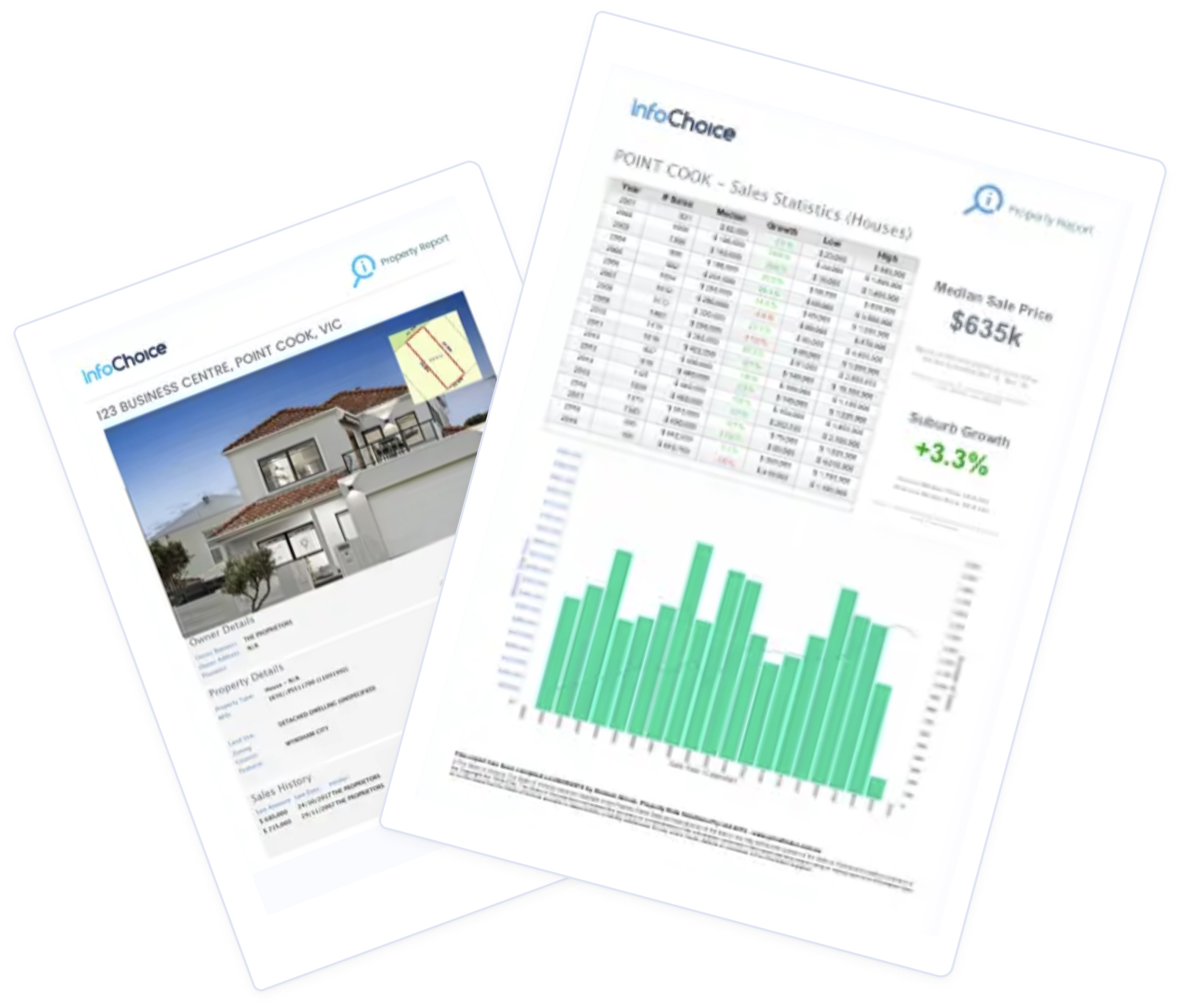
Banks will assess your income and expenses, as well as use the Household Expenditure Measure to assess your borrowing power. There’s no set time frame for how long this can take. Depending on the circumstances and the lender it can be anything from under an hour to several weeks. More complex applications can take even longer - so how does your lender stack up?
CommBank (CBA) Home Loan Approval Times
According to CommBank’s website, while some customers have home loan contracts in place within 60 minutes, loans can often take 4-7 business days to be accepted.
InfoChoice contacted CommBank for a more accurate estimate, but has not received a response.
NAB Home Loan Approval Times
NAB has introduced its Simple Home Loan, a digital platform with what Home Ownership Executive Andy Kerr calls “fast and effortless” home loan approvals.
“Already we have seen some home loans unconditionally approved in as little as 15 minutes” Mr Kerr told Infochoice.
About 90% of NAB home loans are processed through the platform, with 35% of eligible customers approved in under one hour, and 50% receiving a decision within 24 hours.
In 2022, NAB claimed its average approval time across all home loan applications was less than two days
ANZ Home Loan Approval Times
ANZ publishes information about its home loan servicing levels here. As of September 2023, these are some of the standard turnaround times for the application of an assessment.
|
Stage |
‘Simpler switch’-Like for like refinances that meet certain requirements |
Simple application |
Complicated application |
|---|---|---|---|
|
New application |
1 day |
3 days |
7 days |
|
Additional documents |
2 days |
3 days |
3 days |
Once the loan has been approved, the following wait times are standard while the loan is finalised.
|
Stage |
Service level |
|---|---|
|
Document preparation |
1 day |
|
Document verification |
1 day |
Suncorp Home Loan Approval Times
Dylan Atherton, Head of Home Lending Products at Suncorp, told InfoChoice the average turnaround time for home lending applications is under three days. In 2022 it also introduced the Suncorp SunLight loan, which allows eligible lower risk applications to receive a response within 48 hours.
Mr Atherton says preparation is one of the best ways to speed up the approval process.
“Being organised with your identity documents and other approval information can significantly streamline things,” he told InfoChoice.
Macquarie Bank Home Loan Approval Times
According to Macquarie’s website, most applications can be turned around in under one business day if it qualifies. In 2021, a Macquarie spokesperson told Infochoice Group the average time to assessment, how long it takes for a credit analyst to pick up an application, was six hours.
Bank of Queensland Home Loan Approval Times
In 2021, BOQ told Infochoice Group its average conditional approval time was two business days, but have since stopped sharing this information externally.
AMP Home Loan Approval Times
An AMP spokesperson told Infochoice Group in 2021 the average turnaround time to a credit decision was just under six days. However, the AMP website says the majority of digital home loans can be approved these days within 24-48 hours.
Latest interest rates for above brands
| Lender | Home Loan | Interest Rate | Comparison Rate* | Monthly Repayment | Repayment type | Rate Type | Offset | Redraw | Ongoing Fees | Upfront Fees | Max LVR | Lump Sum Repayment | Extra Repayments | Split Loan Option | Tags | Features | Link | Compare | Promoted Product | Disclosure |
|---|---|---|---|---|---|---|---|---|---|---|---|---|---|---|---|---|---|---|---|---|
5.64% p.a. | 5.65% p.a. | $2,883 | Principal & Interest | Variable | $0 | $0 | 60% | |||||||||||||
5.64% p.a. | 5.66% p.a. | $2,883 | Principal & Interest | Variable | $0 | $350 | 60% | |||||||||||||
5.84% p.a. | 5.97% p.a. | $2,947 | Principal & Interest | Variable | $null | $300 | 60% | |||||||||||||
5.68% p.a. | 5.71% p.a. | $2,896 | Principal & Interest | Variable | $0 | $845 | 60% | |||||||||||||
5.88% p.a. | 6.01% p.a. | $2,959 | Principal & Interest | Variable | $10 | $450 | 70% | |||||||||||||
5.94% p.a. | 5.95% p.a. | $2,978 | Principal & Interest | Variable | $0 | $160 | 70% | |||||||||||||
6.29% p.a. | 6.38% p.a. | $3,092 | Principal & Interest | Variable | $8 | $350 | 70% |
Why is my home loan taking so long to be approved?
These are some of the most common reasons that cause longer approval times.
Income is difficult to verify
If you are self employed, getting a home loan can become a bit more difficult. Lenders are normally a bit more apprehensive about self employed applicants because their income is harder to verify.
Whereas employees normally just need to provide a few payslips, the self employed usually need to provide extra evidence like business profit and loss statement, ABN registration details or personal tax returns, among other things. There might be a bit of back and forth with your lender as they try to get hold of all the information they need to approve you.
Credit approval
Ideally, your home loan application is given to someone in the direct lending department of the bank, who can verify all your details and approve you with a quick turn around. Some lenders though have credit departments that certain applications have to be sent to be approved, which tends to mean a delay.
This generally happens when certain red flags are raised with an application. For example, a poor credit history or a recent default usually means the application is automatically referred to a credit team, who will conduct a more in depth analysis of the borrower's trustworthiness. The following are a few other examples of situations where an application might be referred to credit, and therefore delayed:
-
The loan will push the applicants debt to income (DTI) ratio above a certain threshold (many lenders won’t lend more than 7-times someone’s income)
-
The lender appraises the property at a significantly lower value to the purchase price
-
Unusual or suspicious credit activity







